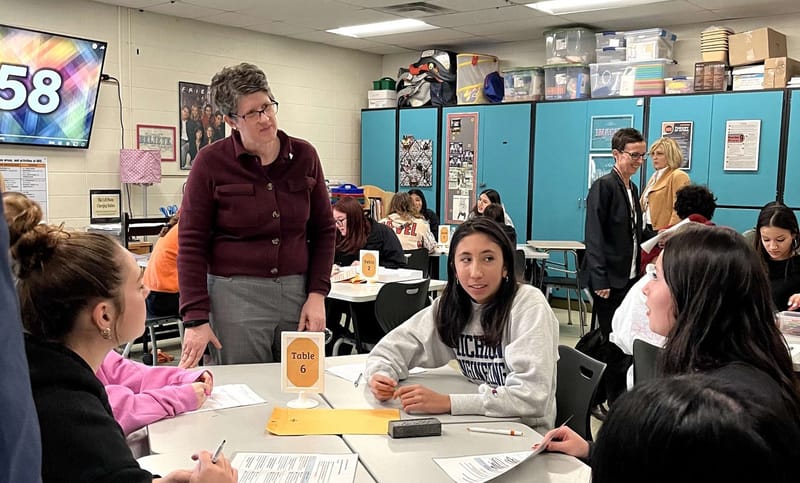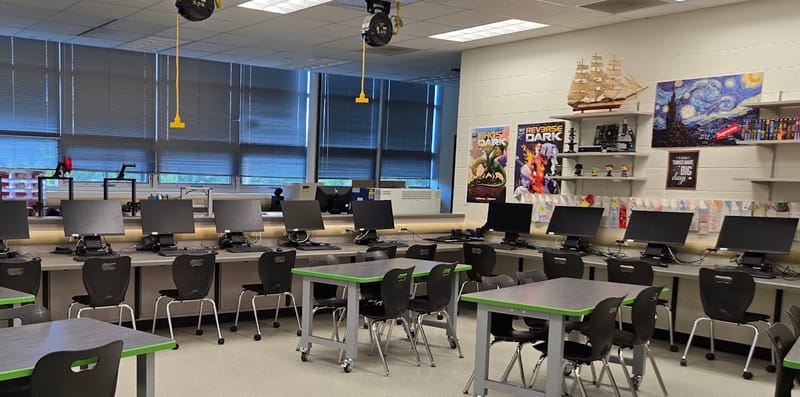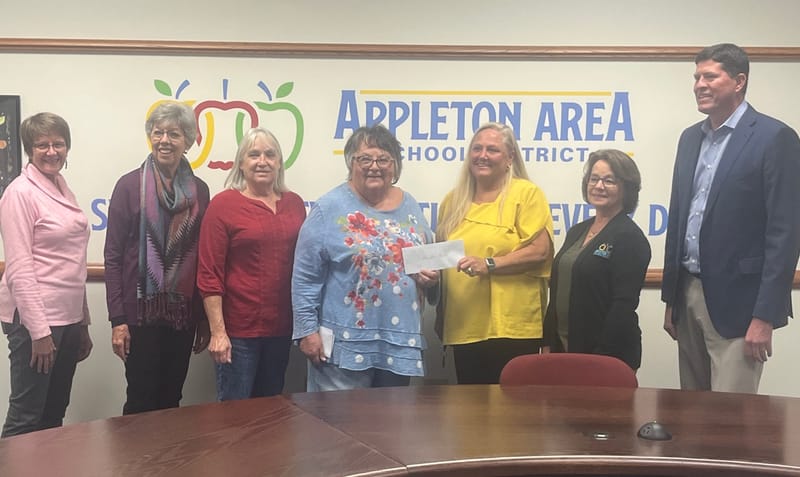AASD warns of consequences of ongoing budget shortfalls
Appleton ranks sixth out of seven comparable-sized school districts in per-student revenue, about $2000 below the state average.

The Appleton Area School District is warning that the costs of supporting student success is continuing to rise faster than the increases in state funds it needs after it approved its budget earlier this month.
As a result, according to the recent AASD District Digest, the district has been forced to freeze department budgets and leave staff positions unfilled, combine facilities to save on building and operating expenses and make cuts in health insurance benefits.
Despite all those cost-saving measures, the district is running a $13 million structural deficit.
Appleton ranks sixth out of seven comparable-sized school districts in per-student revenue, about $2000 below the state average. The disparity is a result of the 1993 state-imposed revenue limit, the per-student cap on the amount of funding a public school district can raise through a combination of state general aid and local property taxes.
Fox Valley public schools overall are significantly below the per-pupil state average of $14,882. The Appleton Area School District's base revenue limit is set at $12,108; Neenah's is $11,670; and Kimberly's is $11,666. A report from the Wisconsin Policy Forum shows that per-pupil spending statewide is 10% below the national average.
With costs rising and state aid at a standstill, the AASD Board of Education will have to decide in January whether to place an operational referendum on the April 17 ballot. An operational referendum would help cover ongoing costs such as salaries, transportation, and utilities. The 2022 capital referendum funded building projects throughout the District. All District residents will receive a survey in November to provide feedback.
Other factors are contributing to the AASD shortfall. Over the past three years, inflation has risen more than twice as fast as state-sanctioned school revenue increases. Though special education received a slight reimbursement bump it still lags well behind the 60% rate it once enjoyed and significantly below the 90% reimbursement rate private voucher schools receive.
At the same time, federal education cuts are also putting the squeeze on AASD; health insurance costs have risen by more than 10% each year; and the amount of public dollars going to private voucher schools totaled $9 million this year, up from $8 million last year. That amount represents 11% of the total tax levy, resulting in less funding for public education.
Financial problems are not limited to the AASD.
According to the budget presentation for the Kimberly Area School District, rising health insurance costs pose the most significant burden. And over the last 11 years, Kimberly Area School District taxpayers have paid $4.8 million for private school vouchers.
Approximately 8% of the Neenah School District's property tax levy is allocated to the state's private school voucher program. The voucher costs rose from about $3.8 million to $4.3 million over the past year. In Menasha, that percentage is even higher at 13%.
When a student uses a voucher, state aid is redirected from the local public school to the private school. Local taxpayers must offset that cost. While the state shoulders about half the cost of public school students, taxpayers share the burden for the other half as well as all of voucher school costs.
AASD says small adjustments can no longer make up the difference.
“It’s become a fundamental challenge to sustaining the programs and services our students rely on,” the District Digest concluded.






